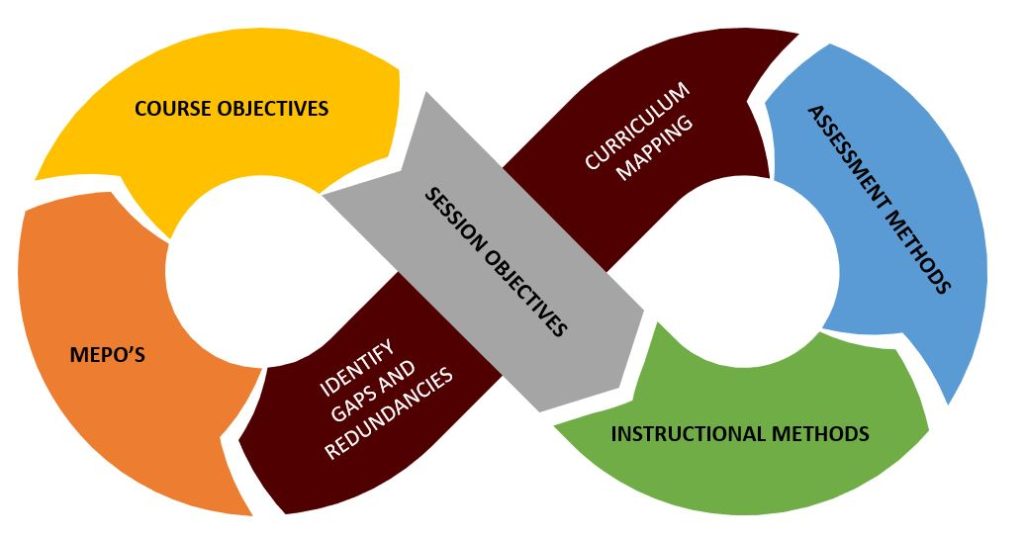Curriculum mapping is a strategic process that involves aligning educational goals, standards, and assessments with the curriculum being taught. It provides a visual representation of what is being taught, when it is being taught, and how it connects to broader educational objectives. By creating a comprehensive curriculum map, educators can ensure that their teaching is coherent, consistent, and aligned with desired learning outcomes.
This article discusses the importance of curriculum mapping for educational success, highlighting its benefits and practical implementation strategies.
The Benefits of Curriculum Mapping

- Alignment with Standards:
- Curriculum mapping ensures that educational content aligns with state and national standards. This alignment helps educators focus on essential learning objectives, ensuring that students meet required benchmarks.
- Enhanced Coherence:
- A well-structured curriculum map provides a clear overview of the curriculum, making it easier for teachers to see how different topics and units connect. This coherence helps students understand the relationships between concepts, fostering deeper learning.
- Improved Communication:
- Curriculum maps serve as a communication tool among educators, administrators, and stakeholders. They provide a shared understanding of what is being taught across grade levels and subjects, promoting collaboration and consistency.
- Identification of Gaps and Overlaps:
- By visualizing the curriculum, educators can identify gaps where content may be lacking or overlaps where similar topics are taught redundantly. This analysis allows for adjustments to ensure comprehensive coverage of necessary material.
- Data-Driven Decision Making:
- Curriculum mapping facilitates the collection and analysis of data related to student performance and learning outcomes. Educators can use this data to make informed decisions about curriculum adjustments and instructional strategies.
- Professional Development:
- Engaging in curriculum mapping can highlight areas where teachers may need further training or support. This process can guide professional development initiatives, ensuring that educators have the skills necessary to deliver effective knowledge instruction.
Implementing Curriculum Mapping
- Establish Clear Objectives:
- Begin by defining the educational goals and standards that the curriculum should address. Involve all stakeholders, including teachers, administrators, and curriculum specialists, in this process.
- Create a Collaborative Team:
- Form a team of educators from various grade levels and subject areas to collaborate on the curriculum mapping process. This collaboration encourages diverse perspectives and fosters a sense of ownership among teachers.
- Use Technology Tools:
- Leverage digital tools and software designed for curriculum mapping. These tools can streamline the mapping process, making it easier to update and share curriculum maps.
- Regularly Review and Update:
- Curriculum mapping is not a one-time task; it requires ongoing review and revision. Schedule regular meetings to assess the effectiveness of the curriculum map and make necessary adjustments based on student performance and feedback.
- Provide Professional Development:
- Offer training and resources to support teachers in understanding and utilizing the curriculum map effectively. This professional development can help educators implement the curriculum with fidelity and confidence.
Conclusion: The Path to Educational Success
Curriculum mapping is a vital tool for enhancing educational success. By aligning curriculum with standards, improving coherence, and facilitating data-driven decision-making, educators can create a more effective and engaging learning environment for students.
As educational demands continue to evolve, the importance of a well-structured curriculum map cannot be overstated. By investing time and resources into curriculum mapping, schools can foster a culture of continuous improvement, ultimately leading to better outcomes for students and a more effective educational system.
Read Also About Student journalism plays a vital role in shaping the future of the media landscape. It allows young people to express their voices, report on issues important to their communities, and develop essential skills in research, writing, and critical thinking.


